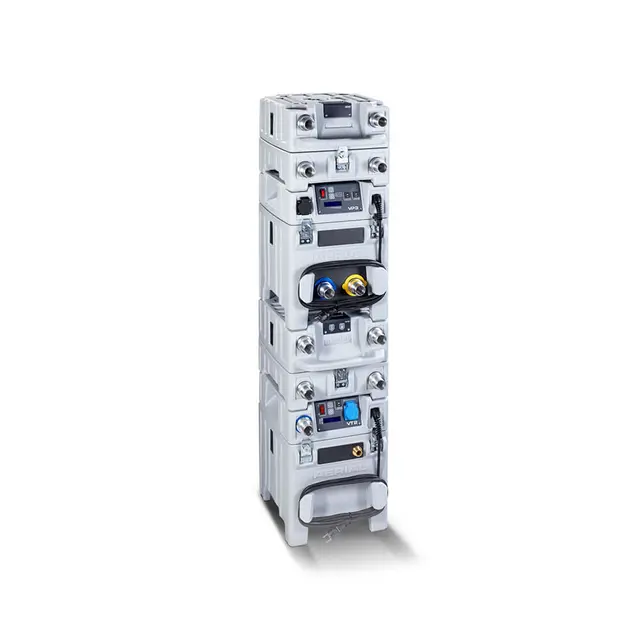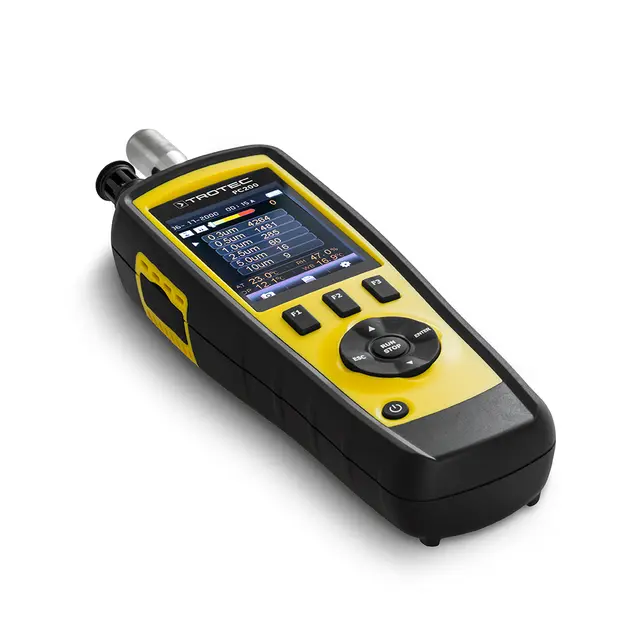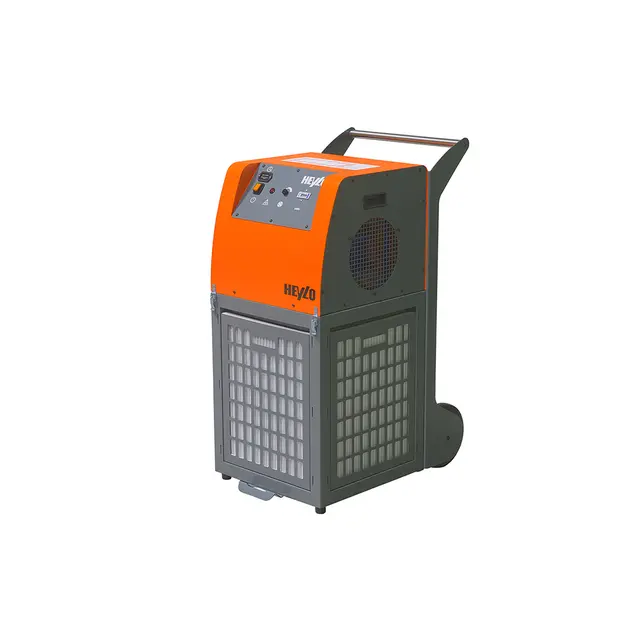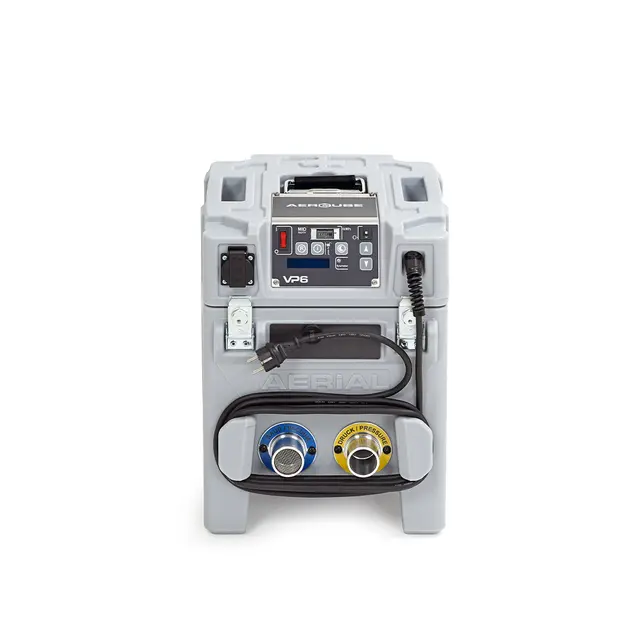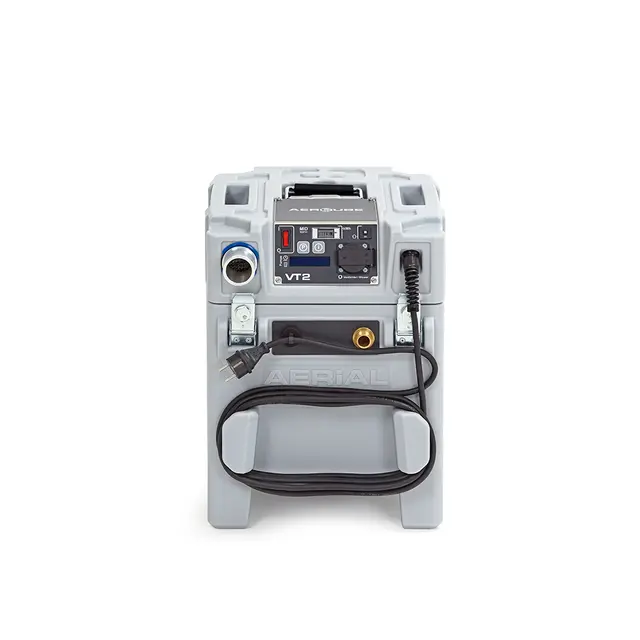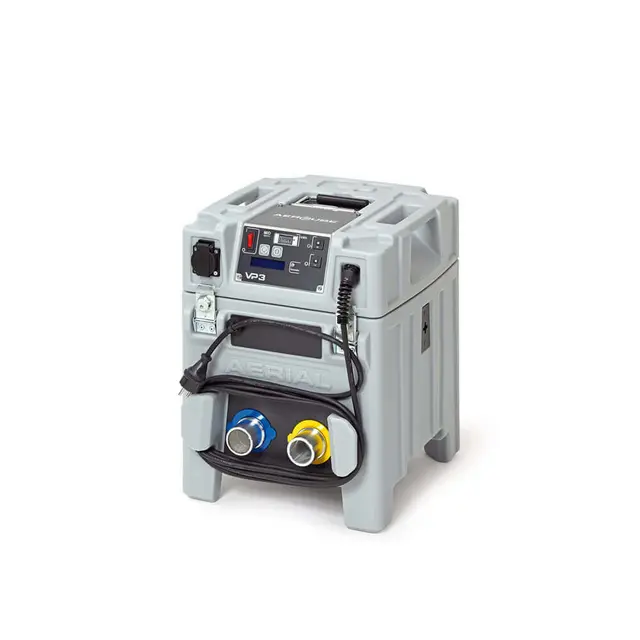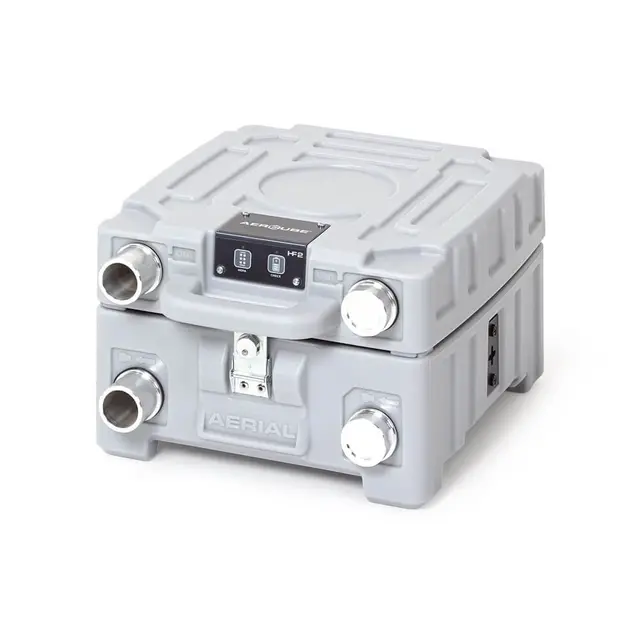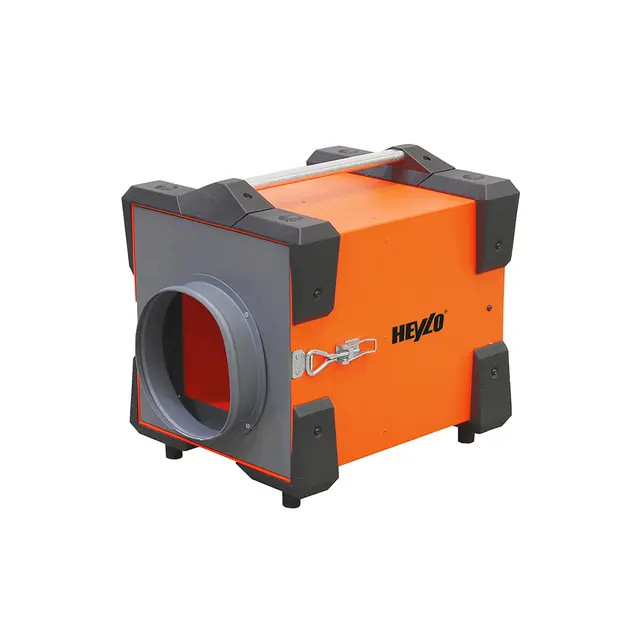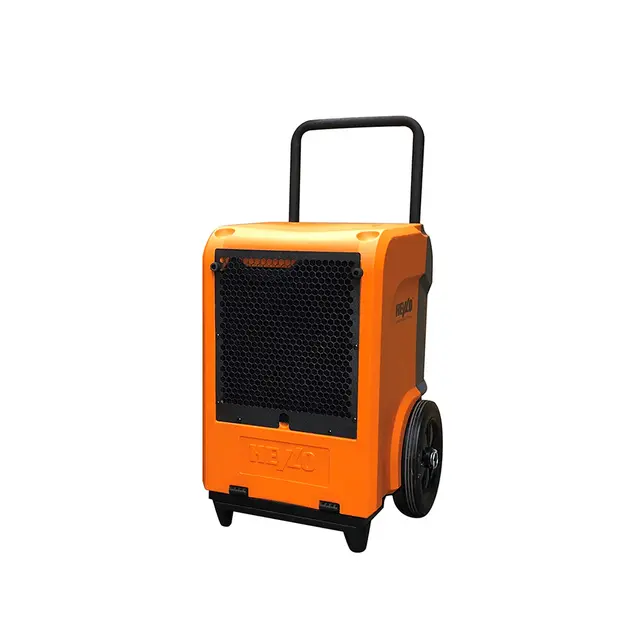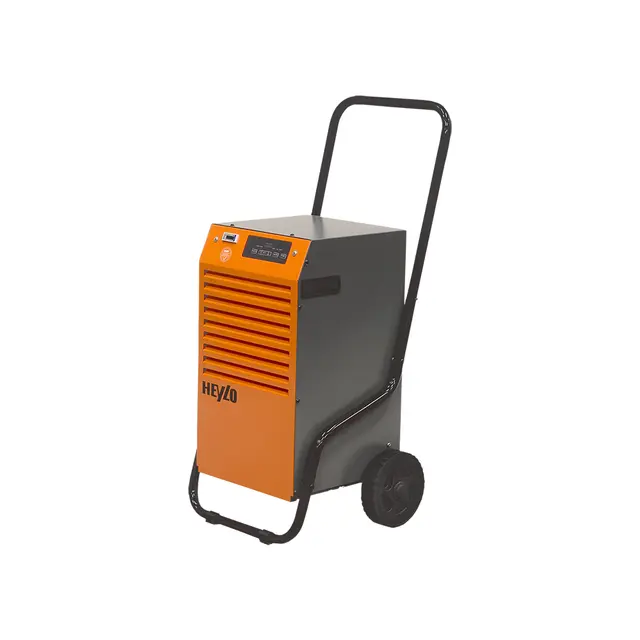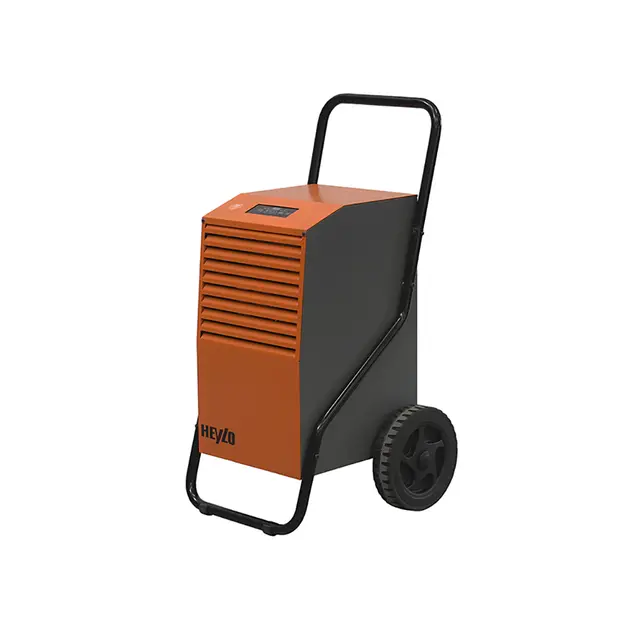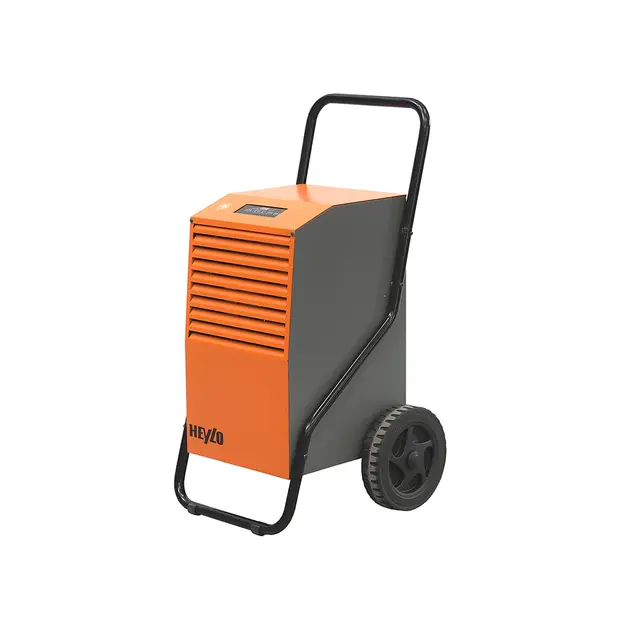Why air quality is a constant challenge during water damage restoration
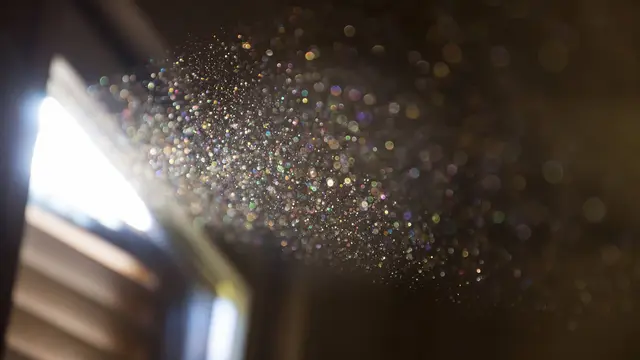
- Home
- Insights
- Air cleaning insights
- Why air quality is a constant challenge during water damage restoration
As well as often causing irreparable damage to interiors and wreaking havoc with structural elements, water damage can deteriorate air quality to the point where spaces, rooms or entire buildings become unsafe to enter without personal protective equipment (PPE). In this article, we explain how water damage affects the atmosphere and why air purification is a critical element of any water damage restoration project.
The risk of flooding across Europe is becoming more common, with homes and businesses that have always been presumed safe being flooded with water during periods of heavy rainfall. The visible effects are devastating enough, but one of the most dangerous results of water damage, the reduction in air quality, isn’t immediately obvious.
The longer moisture is left to seep into furnishings and building materials, the greater the risk of contaminated water facilitating the growth of mould spores and releasing airborne toxins, bacteria and pathogens into the environment. Without fast and effective ventilation and purification during the drying process, the air inside a building can quickly become a health risk.
How air quality deteriorates in a flooded building
It doesn’t take long for the air in a water-damaged room to become unsafe. As moisture comes into contact with dormant mould spores (which can be present inside any building), they become active and start to grow. As it spreads, mould releases toxic spores into the atmosphere which, when inhaled, can cause skin irritation, breathing difficulties and, in severe cases, chronic illness. In addition to mould growth, damp environments are also likely to create the ideal breeding grounds for airborne bacteria, microorganisms and viruses.
Water is the universal solvent, which means it can deteriorate more substances than any other liquid. As paint, furniture, glues and other materials begin dissolving into the water they release chemical vapours, fumes and toxins into the air.
When a building is inundated by flooding from outside, it’s safe to assume that the water is already contaminated with sewage, drain water and other organic material. This is known as ‘category 3’ or ‘black water’, indicating that the area is a biohazard. Water damage this severe will infect the air with dangerous pathogens that can cause respiratory diseases and lung infections.
How to clean the air during water damage restoration
When you act fast with high-quality equipment and the right expertise, homes, offices and buildings can be saved from the effects of flooding. However, for the reasons above, cleaning the air is a key part of this process. Ventilators and air purifiers accelerate drying by circulating the air and can be used with HEPA filters to trap mould spores, bacteria, dirt and dust particles, preventing them from being redistributed into the space.
Used in combination with portable refrigerant dehumidifiers, suction drying (or, positive pressure drying) systems like the Aerial AERCUBE guide warm, dry airflow into inaccessible areas of a water-damaged building. This allows technicians to target hidden layers of saturated materials and remove wet and contaminated air from where it could cause further damage. This minimises the risk of cross-contamination (i.e. mould, dust, bacteria) in the property as the potentially contaminated air is flowed through a built-in HEPA filter that cleans the drawn-in air of mould spores and other suspended matter.
Without these types of drying solutions, building materials would either be left wet, resulting in secondary damage, or the materials would have to be removed and replaced.
Because every water damage restoration project is different, the Aerial AERCUBE system has a modular design, meaning it can be paired up or down, depending on what's required for the job. The video below will take you through the benefits of each component.
Don’t leave water damage to become dangerous
Dantherm Group provides water damage technicians across Europe with an entire range of state-of-the-art ventilation, dehumidification and air purification solutions. To learn more about the Aerial AERCUBE, or the other systems available, get in touch with our team of experts below.
Related products
Featured insights
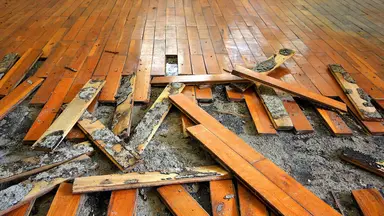
Top tips for drying out buildings
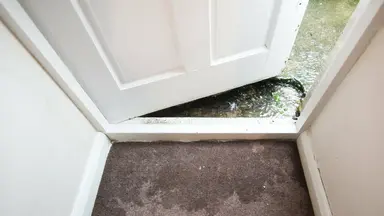
Expert advice for your next project
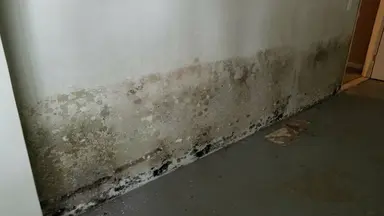
The quick guide to drying out buildings
Need help with choosing the right solution? Our team of over 100 climate control experts can assist.
You can also reach out or join the discussion on our Social Media. Check out our LinkedIn page.
